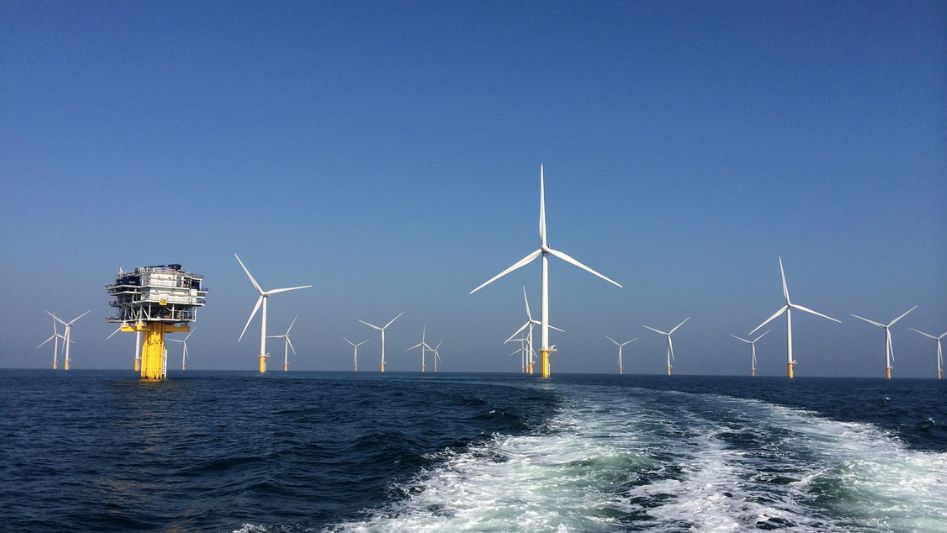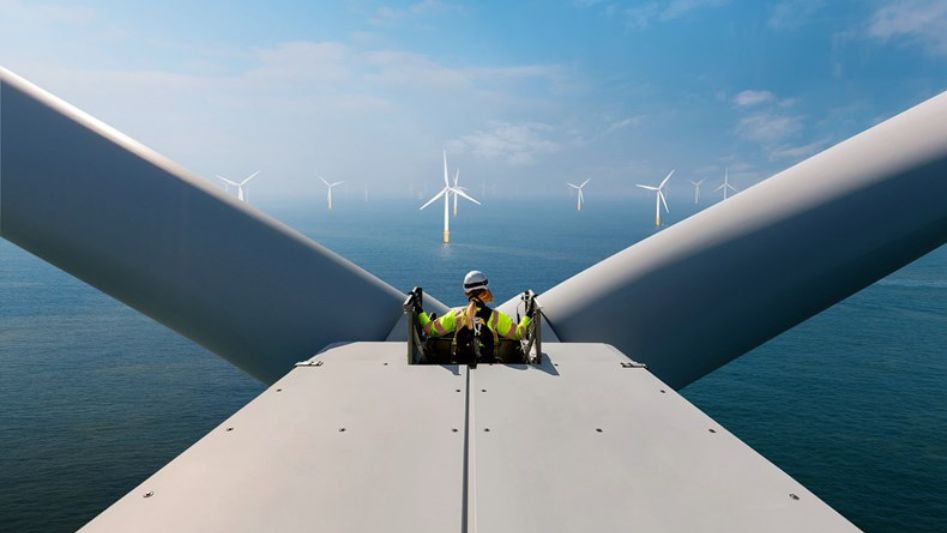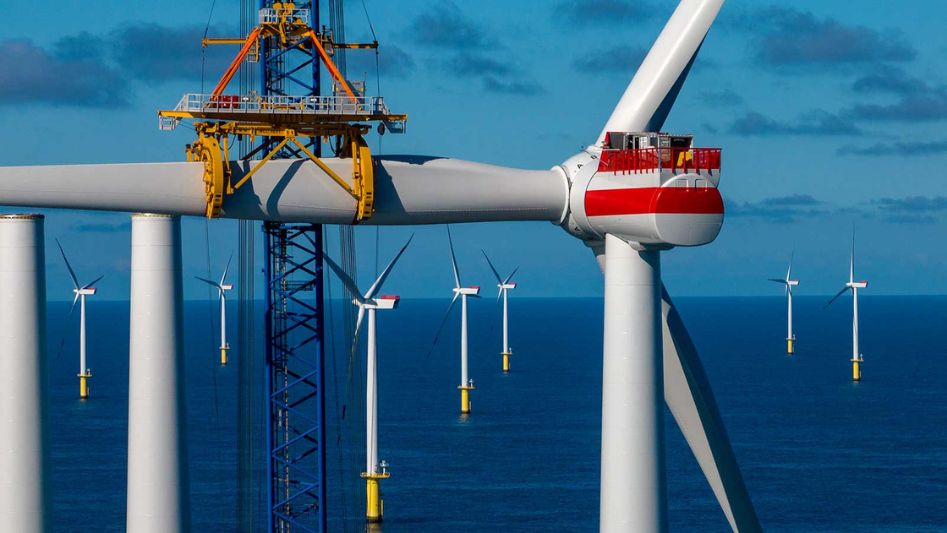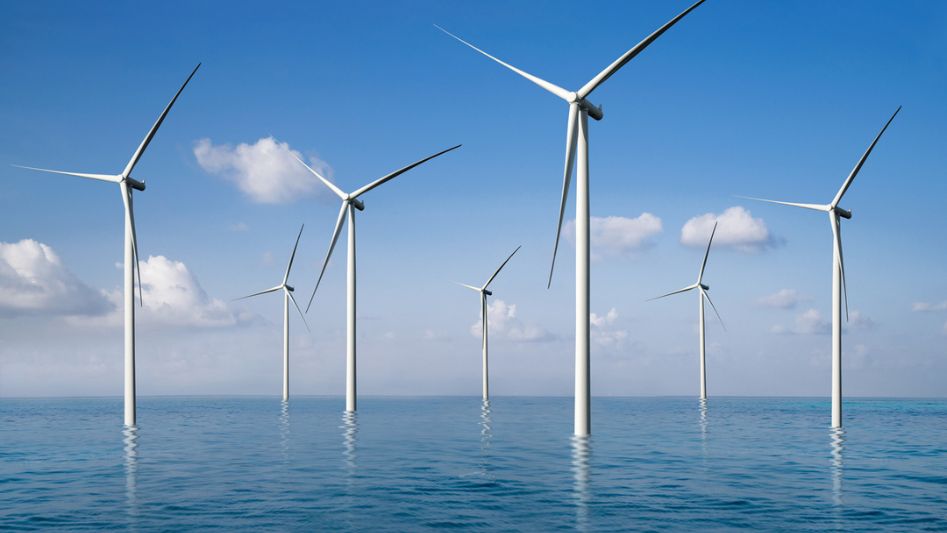In the pursuit of sustainable energy solutions, offshore wind power has emerged as a formidable contender. This renewable energy source harnesses the power of wind to generate electricity, with the added advantage of being located far away from densely populated areas, minimizing environmental impact. The rise of offshore wind power presents a promising opportunity to shift away from fossil fuels and steer towards a greener future.
Table Of Content
We invite you to read: “Offshore Wind Gets A Boost Thru The Wind Shot Program”

Understanding Offshore Wind Power
Offshore wind power involves the installation of wind turbines in bodies of water, typically in the ocean. These turbines are strategically positioned to take advantage of strong and consistent offshore winds, which are often more potent than onshore winds. By capturing the kinetic energy of the wind, these turbines convert it into electricity through a generator, feeding it into the grid for consumption.
The Advantages of Offshore Wind Power
1. Abundant Energy Source
One of the primary benefits of offshore wind power is the abundance of wind resources in coastal areas. With vast stretches of oceans and seas available, harnessing this energy source has the potential to generate a significant amount of electricity to meet the increasing global demand.
2. Reduced Environmental Impact
Compared to traditional fossil fuel-based power generation, offshore wind power has a considerably lower carbon footprint. It produces zero greenhouse gas emissions during operation, contributing to the fight against climate change and reducing air pollution.
3. Ample Space for Expansion
As population centers continue to grow, finding available land for onshore wind farms becomes a challenge. Offshore wind farms, on the other hand, have ample space for expansion without encroaching on valuable terrestrial areas or habitats.
4. Steady and Reliable Winds
Offshore wind farms benefit from more consistent and stronger winds than their onshore counterparts. This reliability ensures a stable and predictable energy output, making it easier to integrate into the power grid.
5. Job Creation and Economic Growth
Investing in offshore wind power projects stimulates economic growth by creating jobs in various sectors, from manufacturing and construction to operation and maintenance.
We invite you to read: “Offshore Wind Farms: The Advantages and Challenges”

The Technological Advancements
The growing interest in offshore wind power has driven significant technological advancements. Today’s wind turbines are more efficient, with increased capacity and enhanced durability. Floating wind turbine platforms have also been developed, enabling the installation of turbines in even deeper waters, expanding the potential areas for offshore wind farms.
The Global Impact
Offshore wind power’s potential extends beyond individual countries. Collaborative efforts on an international scale have led to the establishment of offshore wind farms that span vast ocean territories. These projects not only contribute to sustainable energy goals but also foster diplomatic relationships among nations.
Transitioning to a Greener Future
As the world faces pressing challenges related to climate change and depleting fossil fuel reserves, offshore wind power emerges as a beacon of hope. The transition to this renewable energy source is a crucial step towards achieving global sustainability goals.
We invite you to read: “Offshore Wind Farms: Mitigating the Challenges of Onshore Wind Energy”

Conclusion
Offshore wind power presents an unparalleled opportunity to revolutionize the way we generate electricity. With its vast potential, reduced environmental impact, and steady technological advancements, it holds the key to a greener, more sustainable future for generations to come. Embracing offshore wind power is not only an investment in our planet but also a testament to our commitment to combat climate change and safeguard the Earth for future generations.
FAQs
What is offshore wind power?
Offshore wind power involves harnessing wind energy from turbines installed in bodies of water, such as oceans and seas, to generate electricity.
How does offshore wind power work?
Offshore wind turbines capture the kinetic energy of the wind and convert it into electricity through a generator, which is then transmitted to the grid for use.
Why is offshore wind power considered sustainable?
Offshore wind power is sustainable because it produces zero greenhouse gas emissions during operation, reducing environmental impact.
What are the advantages of offshore wind power?
Offshore wind power offers abundant energy resources, reduced carbon footprint, reliable winds, and ample space for expansion, along with economic growth and job creation.
You May Also Like
- A Guide to Offshore Wind Farm Development and Construction
- Protecting Wildlife: Dutch Set Global Precedence with Offshore Wind Farms Shutdown for Migratory Birds
- Dutch Takes Unprecedented Step to Protect Migratory Birds, Halts Offshore Wind Turbines
- Massive Offshore Wind Venture: Orchid Energy Introduces 10 GW Plans for Queensland
- LS Cable & System Named Preferred Supplier for 400 MW Offshore Wind Development in Korea
External Links
- Gone with the wind: how state power and industrial policy in the offshore wind power sector are blowing away the obstacles to East Asia’s green energy transition
- Onshore vs offshore wind energy: what’s the difference?
- Wind is an emissions-free source of energy
- Offshore Wind Power will Become the Driving Force for Green Energy Development
- Offshore wind industry growth falling short of net zero goals

